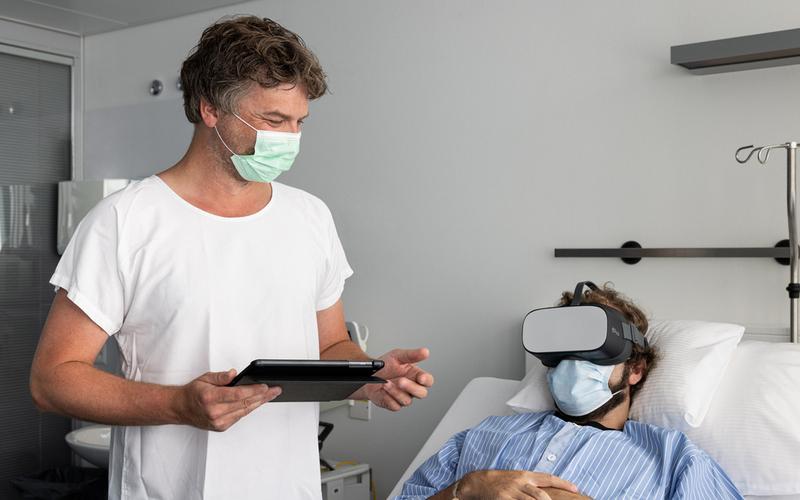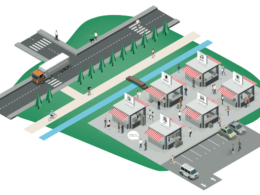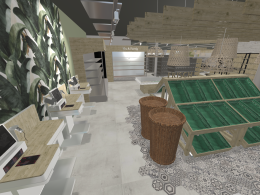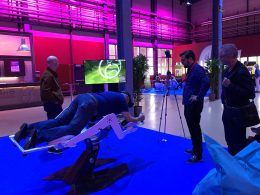VR is also becoming increasingly prevalent in everyday clinical life. Medical interventions trigger anxiety and stress in many patients. Immersing themselves in another world can calm them down and distract them from a painful situation. Thanks to the virtually generated visual and acoustic sensory impressions, the patients feel more comfortable and their stress level decreases. This facilitates the medical intervention and favours positive results.
A new pilot study led by the University Emergency Centre of the Inselspital, University Hospital Bern, and the University of Bern suggests that VR can also prove its worth in the busy daily routine of an emergency ward. Fifty-two emergency patients took part in the study over a period of four months. The study participants had different complaints, but all suffered from pain whose severity they rated as three or higher on a ten-point scale. Pain in the musculoskeletal system, head or abdomen was the most common.
All study participants were given VR goggles that allowed them to take a virtual trip either to the forest or to the beach. The immersive experience lasted 20 minutes, but could be interrupted at any time for important medical procedures or at the subjects' request.
VR also works in emergencies
The results of the pilot study clearly show that the use of virtual reality to alleviate pain perception and anxiety is worthwhile even in hectic circumstances such as those common in emergency departments. Thanks to the VR experience, the study participants' pain decreased by an average of 1.5 points and anxiety by 2 points on the ten-point scale. More than half of the patients concluded that VR therapy helped them feel less pain and over 90 per cent would recommend it to others. Women and men benefited equally from the treatment.
The head of the study, Prof. Thomas Sauter, MD, Head Physician at the University Emergency Centre of the Inselspital and Professor of Telenot Emergency Medicine at the University of Bern, is pleased with the good result: "There is an urgent need for non-drug therapies to relieve pain in the emergency ward. Classic relaxation exercises and meditation can also help with pain and stress, but are poorly suited to the hectic daily routine of an emergency ward." As a next step, the research team is planning a large-scale study to verify the results of the pilot test and optimise the use of VR in the emergency ward.
Incidentally, the potential of VR is also being used in a targeted manner in medical education, further education and training. With the Virtual Island Simulation Lab (VISL) founded in 2020, the University Emergency Centre is also playing a pioneering role here. Under the direction of Tanja Birrenbach, MD, and Prof. Thomas Sauter, MD, various VR applications for the training of healthcare personnel have already been developed and scientifically evaluated. Such simulations are particularly well suited for learning and regularly practising rare, complex medical interventions in an immersive environment.
Source: Media release









